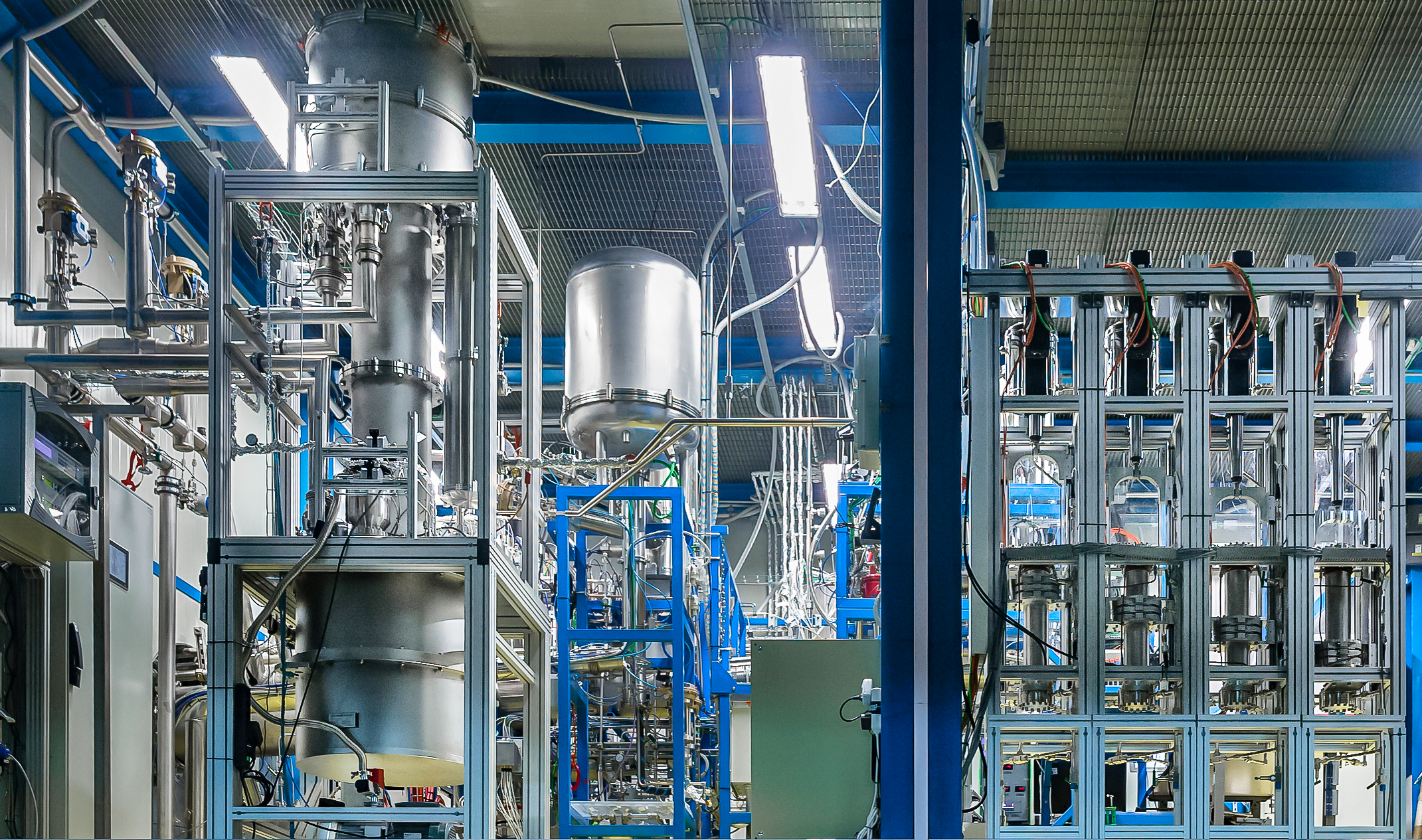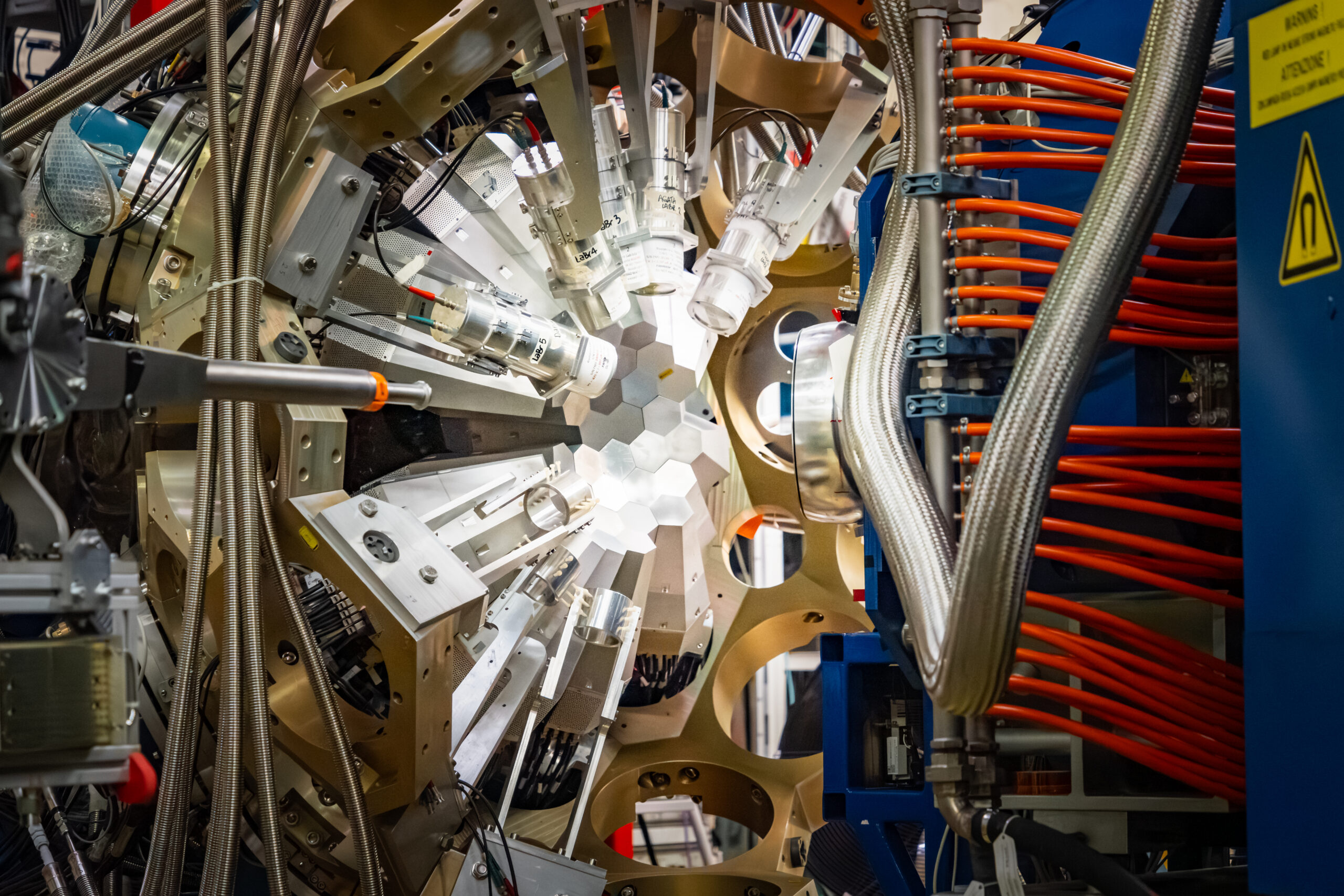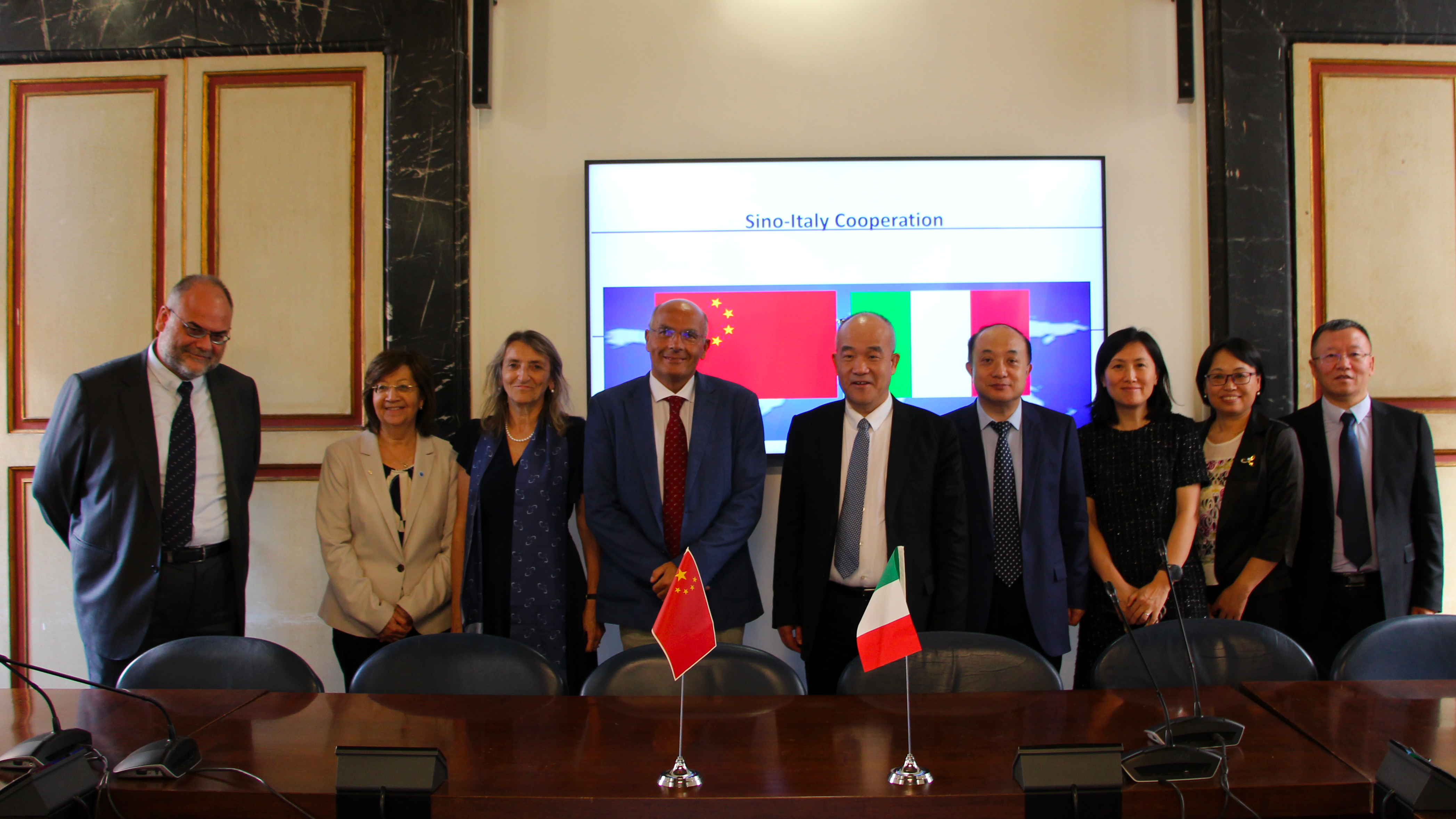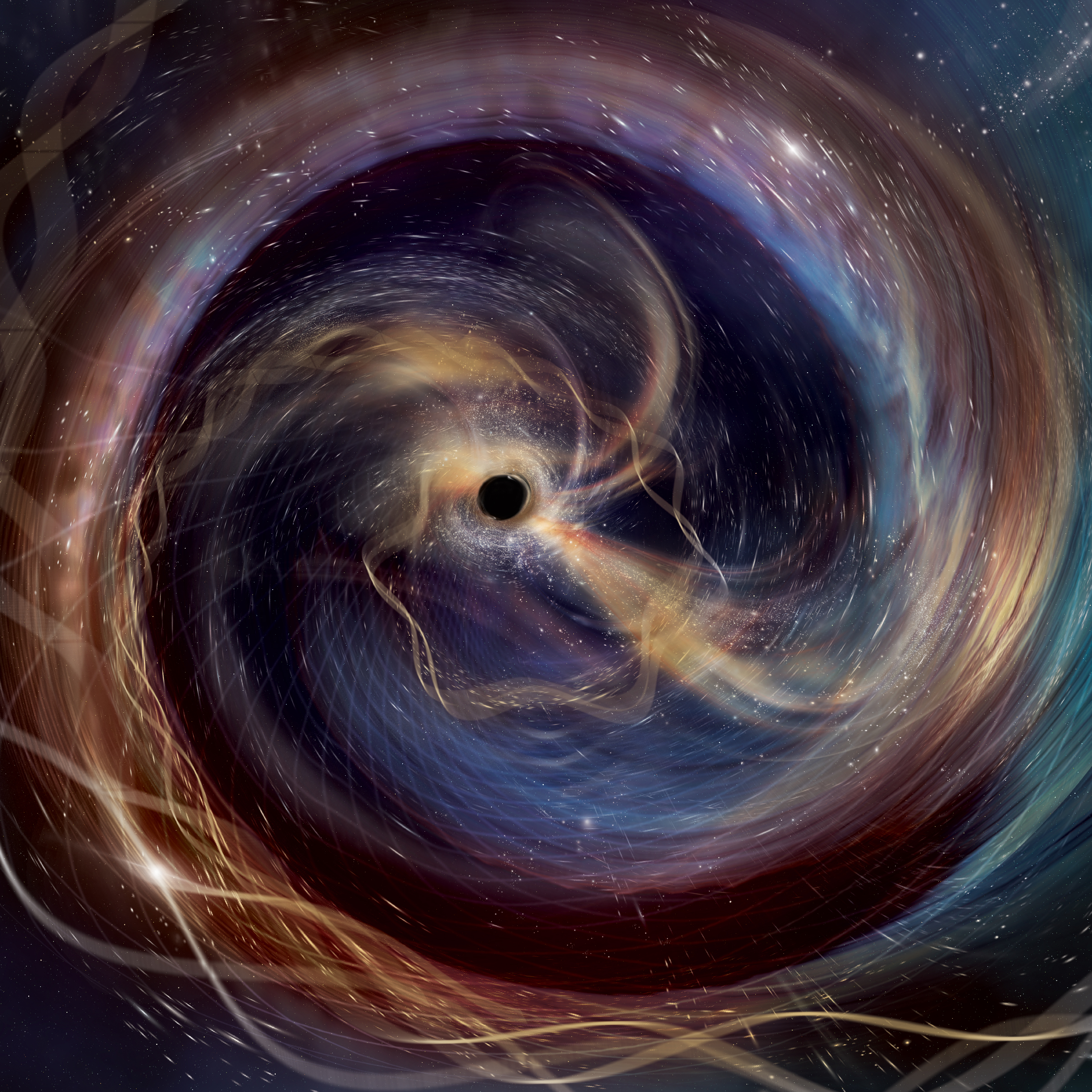The LVK Collaboration, which includes the gravitational wave interferometers LIGO in the United States, Virgo in Italy and KAGRA in Japan, has announced the detection of the merger of the most massive black holes ever observed with gravitational waves. The merger produced a final black hole more than 225 times the mass of our Sun. So far, around 100 mergers of binary black hole systems have been observed through gravitational waves, the most massive of which was the source GW190521, with a total mass significantly lower: “only” 140 times that of the Sun. The signal, designated GW231123, was observed by the twin LIGO interferometers on November 23, 2023, during the fourth observation run (O4) of the LVK network, which Virgo joined in April 2024 after completing its upgrade.
In addition to their high masses, approximately 103 and 137 times the mass of the Sun, the two black holes that merged were spinning very rapidly, making the signal particularly complex to interpret. Extracting accurate information from the signal therefore required the use of theoretical models that account for the complex dynamics of rapidly spinning black holes. The discovery of such a massive and rapidly spinning system not only poses a challenge for data analysis techniques but also has significant implications for theoretical studies on black hole formation channels and waveform modeling. In fact, current stellar evolution models do not allow for the existence of such massive black holes, which may have formed from previous mergers of smaller black holes.
“With the longest continuous observation period ever carried out and improved sensitivity, the fourth LIGO-Virgo-KAGRA observation run is providing valuable insights into our understanding of the universe”, explains Viola Sordini, researcher at the IP2I Institute of CNRS in Lyon and deputy coordinator of the Virgo Collaboration. “This discovery marks the beginning of a new season of results, with many more expected over the summer, and further discoveries expected in the next two years. The publication of the results will be followed by the public release of the data, in support of the broader scientific community and open science”.
The GW231123 result will be presented at the 24th International Conference on General Relativity and Gravitation (GR24) and the 16th Edoardo Amaldi Conference on Gravitational Waves, held jointly as the GR-Amaldi meeting in Glasgow, UK, from July 14 to 18, 2025.






